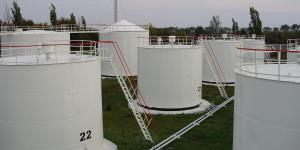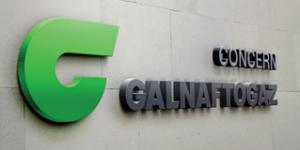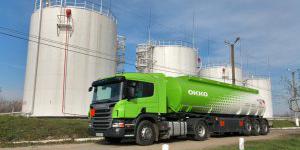Professional approach to the organization and management of IT services has long been associated by successful companies with IT Service Management (ITSM) concept.
The reason for the search of new solution for "Galnaftogaz" ITSM-processes automation were significant limitations of available platform, some of which were inaccurate records of work performed; difficulties with SLA control; the inability to automate all core ITIL processes; lack of automation of mass incidents management; lack of self-service cabinet for the users and others. All divisions of the company, which has more than 6000 people in staff, come as clients for corporate IT department.
IBM SmartCloud Control Desk was chosen as an automation platform and "IT-Integrator" company came as integrator of that solution.
The main aim of project was automation of such IT processes as Requests, Incidents, Assets management, it required a complete revision and re-engineering as well as clear formalization of that processes in the company.
"IT Integrator" consultants also completed the complex solution’s integration with company systems, in particular Active Directory, MS Exchange, SAP ERP, SharePoint enterprise portal as well as information systems of external suppliers.
Overall the project was implemented in 5 months. Pilot operation was launched in December 2015, covering about 30% of company’s IT processes, and the level of 100% coverage was achieved by February 2016.




